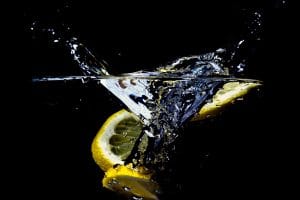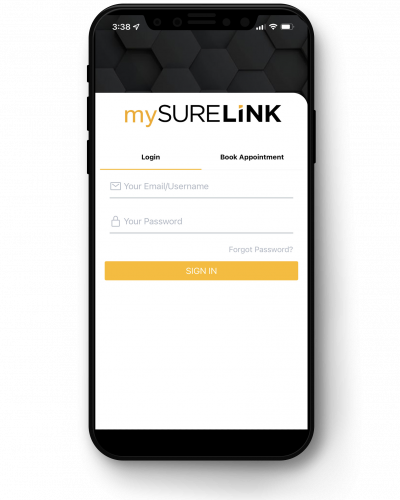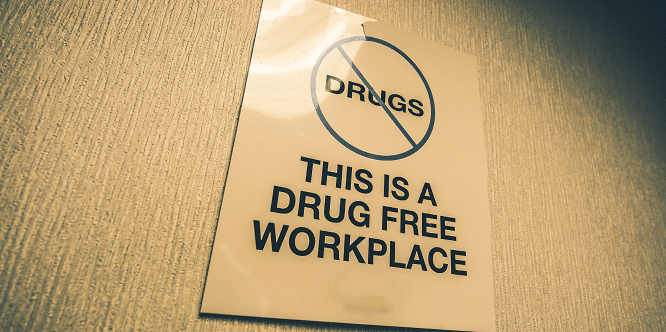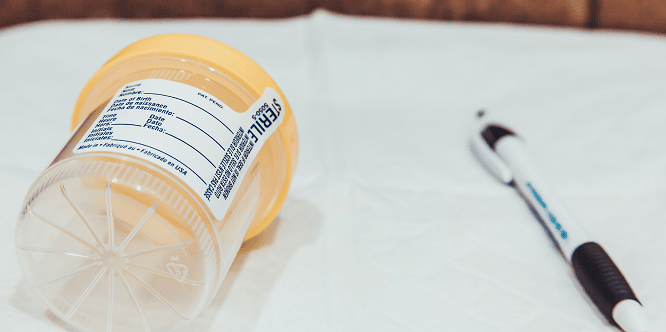
About Alcohol Testing
Workers under the influence of drugs and alcohol while on the job site can compromise the safety of themselves, others, and the public and can contribute to increases in WCB claims, employee turnover, absenteeism, employee theft, and workplace violence. Alcohol testing determines the current alcohol (ethanol) level in someone’s system, which is an indicator of whether someone is intoxicated or not. The implementation of pre-employment, pre-access, post-incident, and reasonable cause testing is a great mitigation tool to decrease the risk of substance abuse in the workplace.
Types of Alcohol Tests
Breath alcohol testing is the most common method used to detect alcohol impairment. It offers accurate, court-admissible, same-day test results. All SureHire technicians are certified to complete Breath Alcohol testing using DOT (Department of Transportation) approved technology.
Ethyl glucuronide (EtG) is a nonoxidative minor metabolite of ethanol formed within the body after alcohol consumption. SureHire offers EtG testing through lab-based testing only. EtG testing can be added to any 5, 8 or 13-panel urine lab drug test or tested for separately.
There are a number of reasons to complete alcohol testing, including pre-access, random, pre-employment, follow-up, return-to-duty, periodic, reasonable cause/suspicion, and post-incident.
Understanding Alcohol Test Results
When a participant completes a breath alcohol test, their results are given as a Breath/Blood Alcohol Concentration (BAC) level. Someone who has not consumed alcohol should have a 0% BAC levels. BAC levels over 0.2% are extremely dangerous and can result in unconsciousness. The Canadian Model standard for BAC level is 0.04%, which most companies use in their drug and alcohol policies.

Checking Results
Checking your employees’ alcohol test results is easy with SureHire’s exclusive client portal, SureLink. SureLink is a secured online database, that not only allows you to view test results but also allows you to book appointments, view snapshot reports on your dashboard, and much more!
Once your employees have finished testing, our team of experts is here to help you determine what the results mean for your company and your employee(s). Have an account?
Don’t have a drug and alcohol policy in place? SureHire will work with you to build a drug and alcohol testing policy unique to your business.
Our Technicians
Our Breath Alcohol Technicians are certified based on U.S. DOT (United States Department of Transportation) standards. Our Power Centres and Exclusive Testing Facilities follow the same procedures as police forces across North America.
FAQs
How does Urine EtG Testing Differ From Breath Alcohol Testing?
Urine EtG testing is most effective when testing individuals who are required to remain abstinent, either over a specified period of time or permanently. A positive urine EtG test does not correlate to current impairment. Breath alcohol detects current impairment and, therefore, is the more appropriate option when testing for employment reasons (e.g. pre-employment, pre-access, post-incident, reasonable suspicion, etc.)
What is breath alcohol testing and what is the cut-off level?
When a participant is tested, their results are given as a Breath/Blood Alcohol Concentration (BAC) level. Someone who has not consumed alcohol should have a 0% BAC. Levels over 0.2% are extremely dangerous and can result in unconsciousness. The Canadian Model standard is 0.04%, which most companies use in their policies.
Will mouthwash affect breath alcohol test results?
Yes, in some circumstances a mouthwash containing alcohol can affect your test results. Some mouthwashes contain the same alcohol as an alcoholic beverage. If you have used this type of mouthwash immediately prior to taking a breath alcohol test, the test may detect the residue of the alcohol in your mouth. The residual alcohol from rinsing with mouthwash dissipates within 10 to 15 minutes after exposure. However, the actual ingestion of mouthwash, or any other substance containing ethanol, can result in a positive alcohol test and even intoxication.
What is EtG?
Ethyl glucuronide (EtG) is a nonoxidative minor metabolite of ethanol formed within the body after alcohol consumption. The EtG test is used to detect the presence of ethyl glucuronide in a urine specimen.
What type of EtG testing does SureHire offer?
SureHire offers EtG testing through lab-based testing only. EtG testing can be added to any 5, 8, or 13-panel urine lab drug test or can be tested for separately.
What is the cut-off level for EtG?
EtG has a cut off level of 250ng/mL (one nanogram per millilitre) during confirmation testing. If the level of EtG detected is above that, the final result will be deemed positive.
Is EtG detected on a standard urine drug test?
No, testing for EtG is an additional test separate from a standard drug test.
How is EtG detected through lab-based testing?
The sample must be sent to the laboratory and the CCF (Chain of Custody Form) must specifically request testing for EtG. The lab completes a screening test using broad-spectrum GC/MS (gas chromatography mass spectrometry). Because the test is broad-spectrum, the screening result provided will be either positive or negative (qualitative). Quantitative results (levels) are obtained during confirmation testing using LC/MS/MS (liquid chromatography tandem mass spectrometry).
What is the turn-around time for urine EtG results?
Turn-around time is up to 5 business days.
Latest Articles & Resources
Check out our latest articles and resources on drug and alcohol testing!




